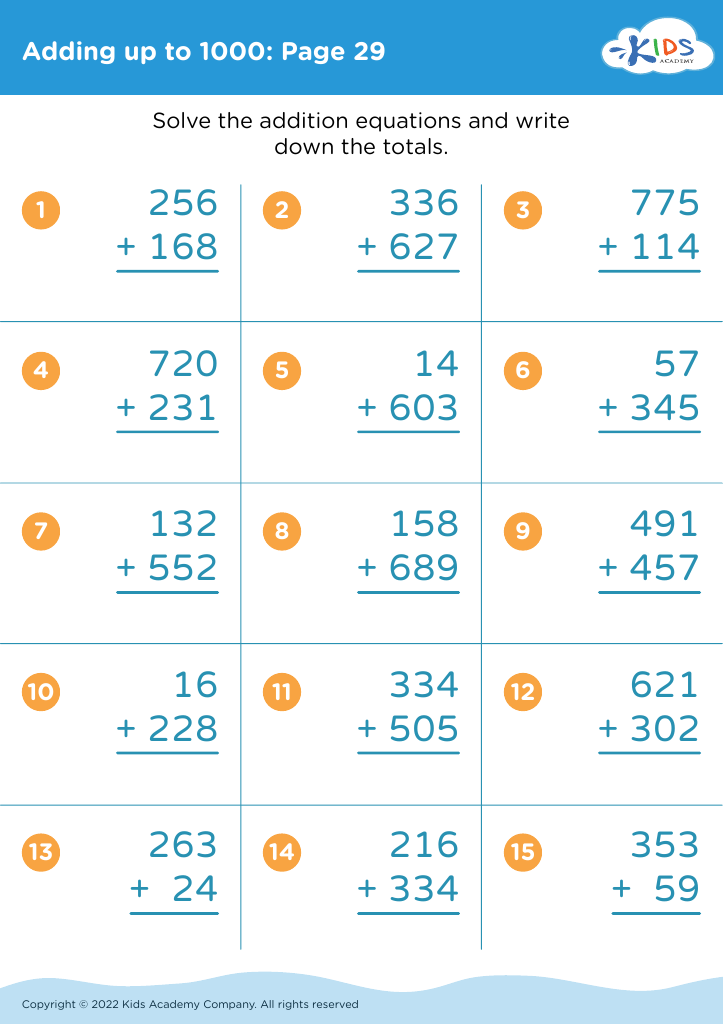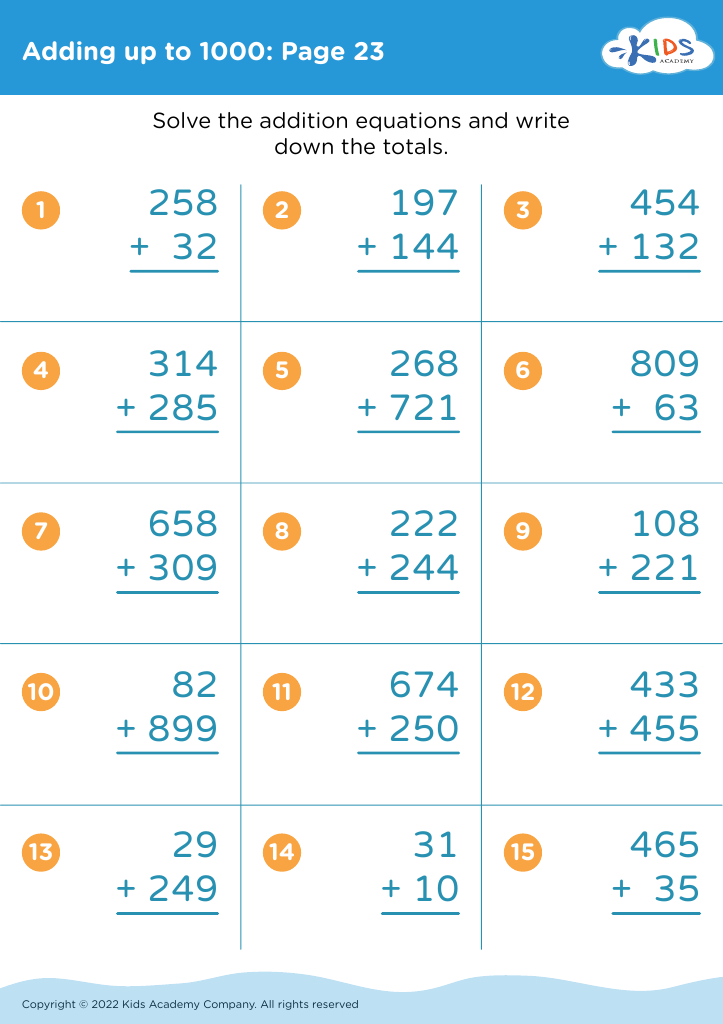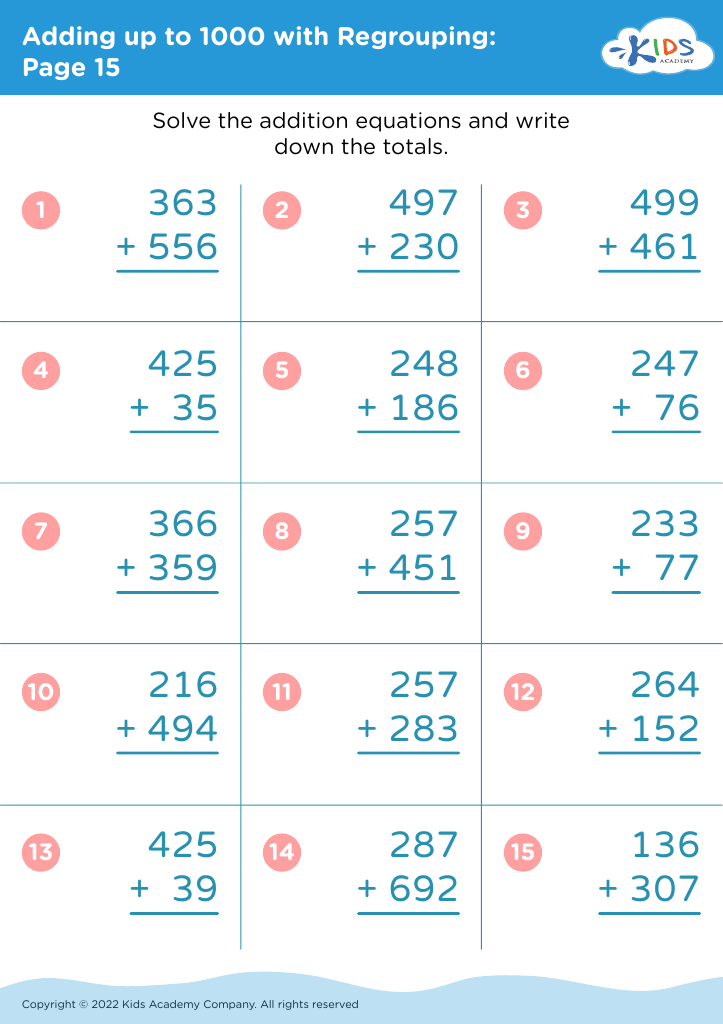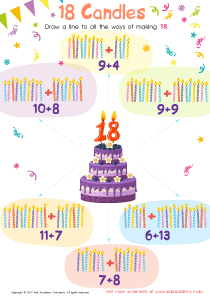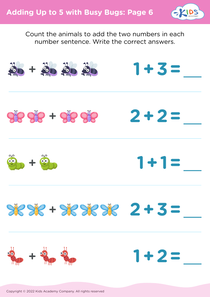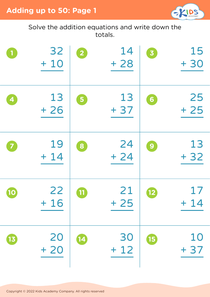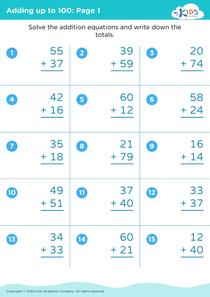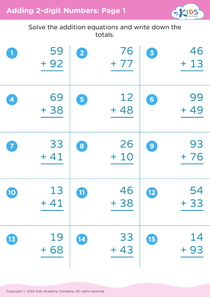Reading analog clocks Adding up to 1000 Worksheets for 8-Year-Olds
3 filtered results
-
From - To
Discover our engaging "Reading Analog Clocks Adding Up to 1000 Worksheets" designed specifically for 8-year-olds! These interactive worksheets combine the essential skill of telling time with the challenges of adding numbers up to 1000, making learning both fun and effective. Children will practice reading analog clocks while mastering addition skills through a variety of exercises. Our well-structured activities promote critical thinking and enhance mathematical proficiency, ensuring that young learners gain confidence in both time-telling and numbers. Encourage your child's learning journey today with our printable worksheets that promote skill development in an enjoyable and enjoyable way!
Teaching 8-year-olds to read analog clocks is crucial for several reasons. Firstly, it reinforces children's understanding of time, a foundational skill necessary for managing daily schedules and activities. Recognizing how to tell time on an analog clock also promotes critical thinking and problem-solving as children learn to interpret the hour and minute hands, increasing their cognitive development.
Moreover, analog clocks are often still prevalent in public spaces like schools, bus stations, and homes, fostering a practical life skill. Learning to read these clocks allows children to navigate their environments more independently.
Understanding analog time helps develop mathematical skills. Children can practice concepts such as fractions, as each hour is divided into quarters and halves, promoting numeral comprehension. This builds a stronger number sense, essential for future mathematical learning.
Additionally, learning to read clocks encourages responsibility in managing one’s time, important for academic success and daily routines. As children often set timers for tasks while engaging in leisurely activities, grasping the concept of time through both digital and analog means enables more productive time management overall.
In summary, parents and teachers should prioritize teaching reading analog clocks to equip children with essential life skills critical for their development.
